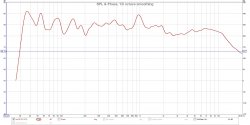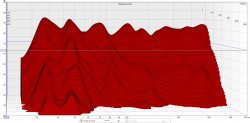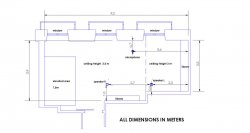Inigo
Registered
Thread Starter
- Joined
- Oct 31, 2017
- Messages
- 3
More
- Preamp, Processor or Receiver
- Rotel
- Main Amp
- Cyrus
- Front Speakers
- Atc scm40
- Streaming Subscriptions
- Thorens td124
Hi. everyone.
This is my first atemp using this software and want to know if I am heading in the right direction.
I am trying to measure my hifi system and interactions with my room.
The left speaker is a bit boomy and here is the first graph measured with my miniDSP UMIK-1
The file can be downloaded here
https://drive.google.com/file/d/0B9FhaHX3WvvcSmZqQjNvQnF0T2s/view?usp=sharing
I guess that my problem is the peak at 50Hz and 90Hz.
Comparing to optimal acoustics is it a huge problem? or something that can be controled easily?
Any one has any coments on other issues? I am a bit lost with room acoustics but want to understand whats going on.
Thanks for your coments.

This is my first atemp using this software and want to know if I am heading in the right direction.
I am trying to measure my hifi system and interactions with my room.
The left speaker is a bit boomy and here is the first graph measured with my miniDSP UMIK-1
The file can be downloaded here
https://drive.google.com/file/d/0B9FhaHX3WvvcSmZqQjNvQnF0T2s/view?usp=sharing
I guess that my problem is the peak at 50Hz and 90Hz.
Comparing to optimal acoustics is it a huge problem? or something that can be controled easily?
Any one has any coments on other issues? I am a bit lost with room acoustics but want to understand whats going on.
Thanks for your coments.
















